For climate campaigners,virtual reality sex videos California is a conundrum. It has the lowest carbon emissions per household of any state, but also hosts America's largest gas-guzzling car culture. Transportation accounts for 40 percent (and rising) of the state's total emissions. Californians own half of all electric vehicles in the U.S., but they also buy more cars overall than any other state — almost twice as many every year as Texas — and just 8 percent of them are EVs.
That's what Gov. Gavin Newsom aimed to change with an executive order in September. Newsom mandated that no new gas-powered cars will be sold in the state past 2035. But the order had nothing specific to say about the problem of EV infrastructure, just that we need more of it. (Duh!) While it has more public EV charging stations than any other state (nearly 27,000), California only has the fifth highest number of chargers per person — behind Vermont, Hawaii, Oregon and Colorado, and only slightly ahead of South Dakota. Way more charging stations, 35,000, are in private buildings.
Every EV owner in California, myself included, knows the problem this causes. Unless you're wealthy enough to own a Tesla — which has its own private network of supercharging stations — you've likely experienced some form of range anxiety. Charger locating apps like ChargePoint and PlugShare do their best, but much of their information is unreliable. Too many "public" chargers are stuck in expensive parking garages, or out of service, or being hogged by some jerk in a fully-charged Tesla (which can be set to blare an alarm if unplugged).
In 2018, Newsom's predecessor, Jerry Brown, required installation of 250,000 public charging stations by 2025. A February 2020 report from California's Public Utilities Commission warns we're not going to hit that goal. "EV adoption today is limited in large part by insufficient charging infrastructure," the report says.
No kidding. And the problem is going to get worse in a widening wildfire season. Take this story of a Chevy Bolt owner who had to evacuate his home during a 2019 wildfire, couldn't find a public charger anywhere, and was only saved by a Bolt group on Facebook when he had six miles left in his battery.
 A Chevron gas station in Northern California, retrofitted with EV charging spots. Credit: chevron
A Chevron gas station in Northern California, retrofitted with EV charging spots. Credit: chevron But there's a solution available in plain sight — the same one that makes life in the Golden State so easy for gas guzzlers. California already has a network of more than 10,000 gas stations. They are spread out, not concentrated in cities like charging stations. They are clearly signposted from every freeway exit and easily found on mapping apps. And perhaps most importantly, they have an economic incentive to attract customers who will spend money in their convenience stores.
California should mandate and subsidize every gas station in the state providing at least one electric charging spot for free.
Alongside its mission to provide more charging station locations, therefore, California should mandate and subsidize every gas station in the state providing at least one electric charging spot for free.
Such a move would be bold, but not unprecedented. Germany did the same thing earlier this year. As part of a $146 billion economic stimulus package, all of Germany's 14,000 petrol stations will be required to provide chargers. The stimulus also provides a significant investment in battery technology and fast charging options, but the gas station measure is seen as an important stopgap that will encourage Germans to buy EVs right now.
Gas station owners, facing the long-term extinction of their main business, are starting to think along the same lines. Chevron has partnered with charging company EVGo on a pilot program in Northern California and Los Angeles, even though the numbers are pitifully small (five stations so far). Shell started to roll out charging stations in the UK and the Netherlands in 2019. That same year, a gas station owner in Maryland made national headlines by becoming the first in the U.S. to replace all his gas pumps with electric chargers.
To be clear, we should not onlyput chargers in gas stations. A national electric charging network along America's Interstates, as envisaged in this House bill co-sponsored by Alexandria Ocasio-Cortez, should put charging stations in all currently existing Interstate rest stops (of which California has 88). Malls, old and new, can play their part. That report by California's PUC says the state is targeting "plazas" near apartment buildings that don't have their own charging stations: "We are testing whether a more gas station-like approach could serve the needs of those customers," the report says.
It certainly could, and hopefully will. But a "gas station-like approach" that includes, y'know, actual gas stationswould be even more effective. Sure, it's nice to have a whole heap of shops to browse while you wait for your car to charge. It's even nicer to place chargers outside libraries, as is the case with the nearest EV station to my house; that would encourage more of us to make use of the vital library resources our taxes are paying for anyway.
But let's get real: Not everyone has easy access to malls or libraries, which tend to cluster in wealthier cities and suburbs. As a Sacramento Beeanalysis of U.S. Department of Energy data shows, California zip codes where the median household income is over $100,000 have 115 charging stations per 100,000 residents. And zip codes where the median income is below $50,000? They get 55 stations per 100,000 people. You'd be especially hard-pressed to find a charger in California's poorer central valley. No wonder the Beefound rural Californians shaking their heads at Newsom's executive order.
Everyone with a car, however, knows where their nearest gas station is. Thanks to a century-old auto culture, these structures are already placed in optimal positions to prevent range anxiety for internal combustion engine users. Yes, they're less exciting than malls. But we live in an age where endless entertainment is as close as that smartphone on your dashboard, and you don't always need to charge your EV all the way. By the time you stretch your legs, grab a snack, grab a nap and watch a sitcom, even the slowest-charging car on the longest trip should have enough juice to make it through the next segment of the journey, where there will always be another gas station.
SEE ALSO: Tesla Model 3 update gives drivers more range for the same priceBesides, this is a case of "if you build it, they will come." Not only will battery tech and fast-charging improve exponentially as more people adopt EVs, but gas station forecourts become places where people hang out while their cars charge instead of passing through for a few minutes. Simple economics suggests the area around them will start to offer more goods and services. You can picture each gas station hosting a different food truck, for example — not quite the taco truck on every corner we were promised in 2016, but close.
Most importantly, EV charging at gas stations would send a strong signal to every resident of the world's most automotive state: The days of gas guzzling are over. There's a new fueling system in town. Next time you buy a car, you'd best get on board while state and federal tax credits are a thing. (The California credit has limited funds; the federal credit has already expired for certain brands of EV; to get more income brackets into this brave new electric car world, we're going to need more subsidies.)
It also sends a message to other states who tend to follow California's lead on regulations. Gavin Newsom has made a good start with his EV order; now he needs to follow through. One simple tweak to the law could put this environment-loving, carbon-spewing state in the driver's seat of the climate revolution.
Topics Electric Vehicles Social Good
 Best laptop deal: Get the 14
Best laptop deal: Get the 14
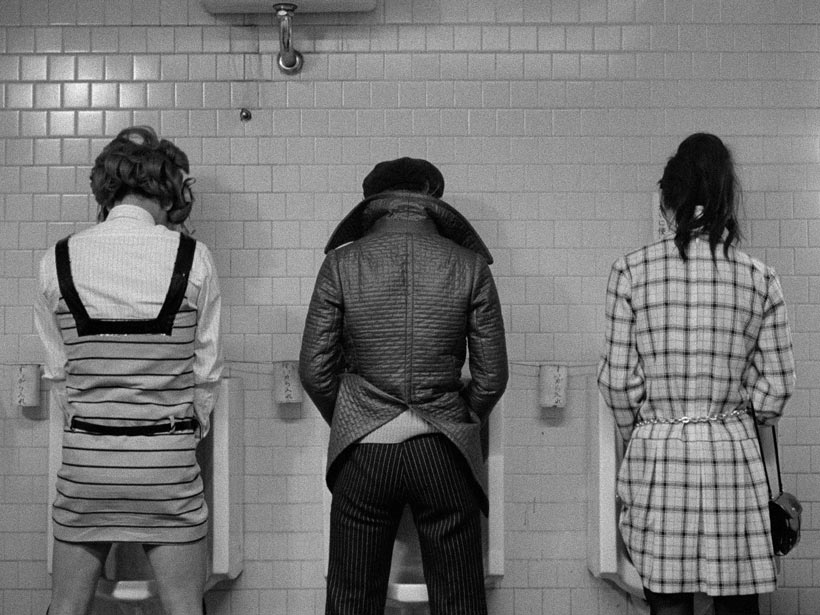 Staff Picks: David Grossman, Donald Barthelme, Derren Brown, and More
Staff Picks: David Grossman, Donald Barthelme, Derren Brown, and More
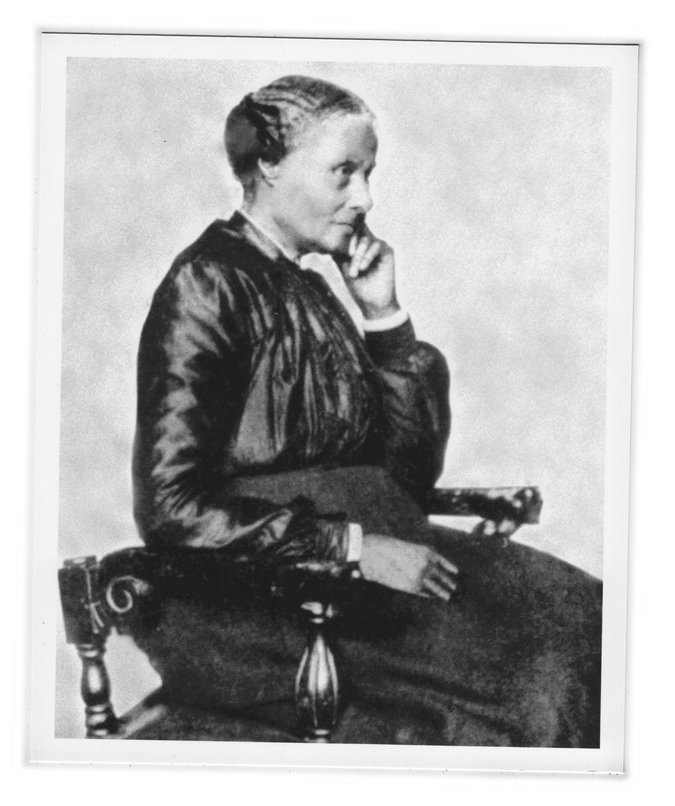 How Mary Ellen Pleasant Fought 19th
How Mary Ellen Pleasant Fought 19th
 The Bookness of Not
The Bookness of Not
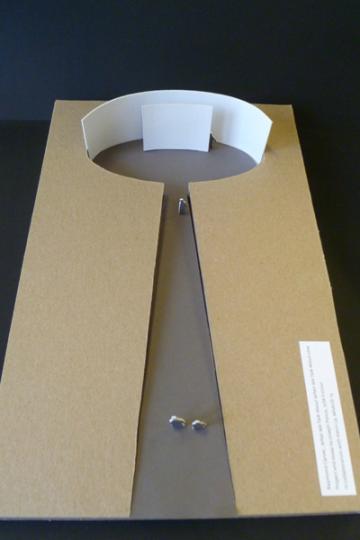 Literary Architecture by Sadie Stein
Literary Architecture by Sadie Stein
 NYT's The Mini crossword answers for November 11
NYT's The Mini crossword answers for November 11
 The Bookness of Not
The Bookness of Not
 Sri Lanka vs. Australia 2025 livestream: Watch 1st ODI for free
Sri Lanka vs. Australia 2025 livestream: Watch 1st ODI for free
 Jaime Davidovich’s Pioneering Television Art
Jaime Davidovich’s Pioneering Television Art
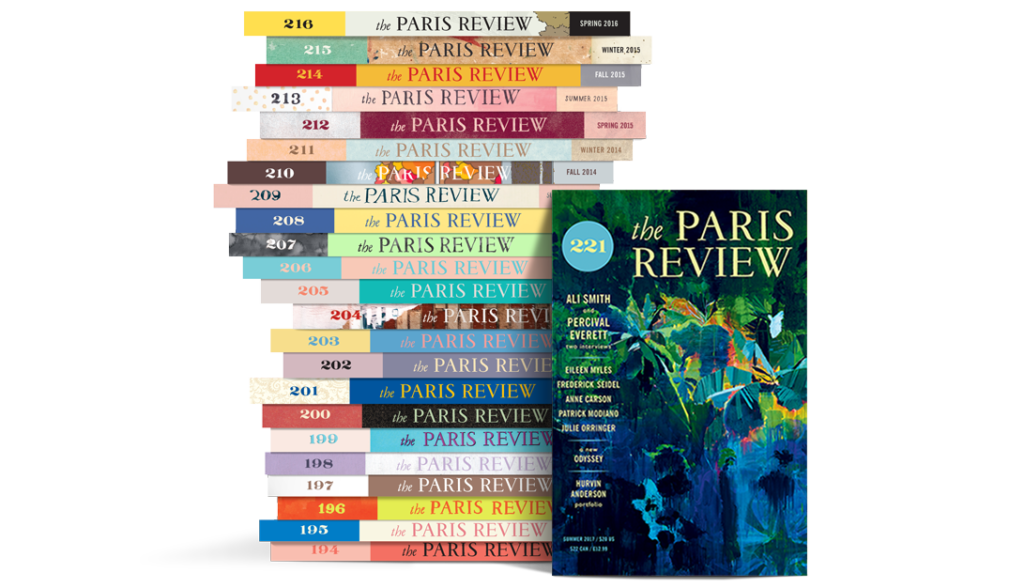 Politics and ‘The Paris Review’: Announcing Our Summer Issue
Politics and ‘The Paris Review’: Announcing Our Summer Issue
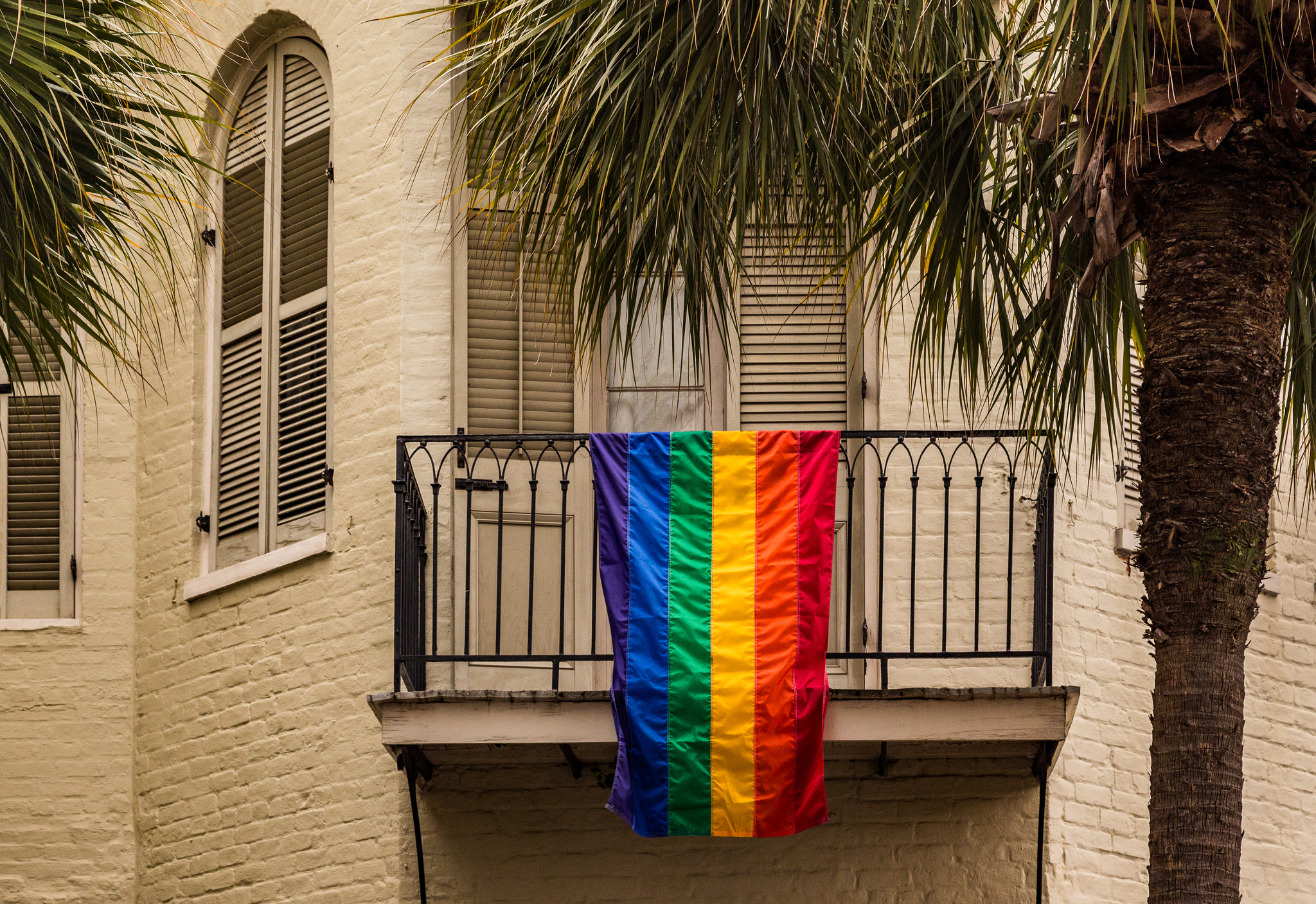 Colorful City: My History with Pride Week in the South
Colorful City: My History with Pride Week in the South
 Once I Had This Dream: Gretchen Scherer’s Crumbling Chateaux
Once I Had This Dream: Gretchen Scherer’s Crumbling Chateaux
 'Quordle' today: See each 'Quordle' answer and hints for November 12, 2023
'Quordle' today: See each 'Quordle' answer and hints for November 12, 2023
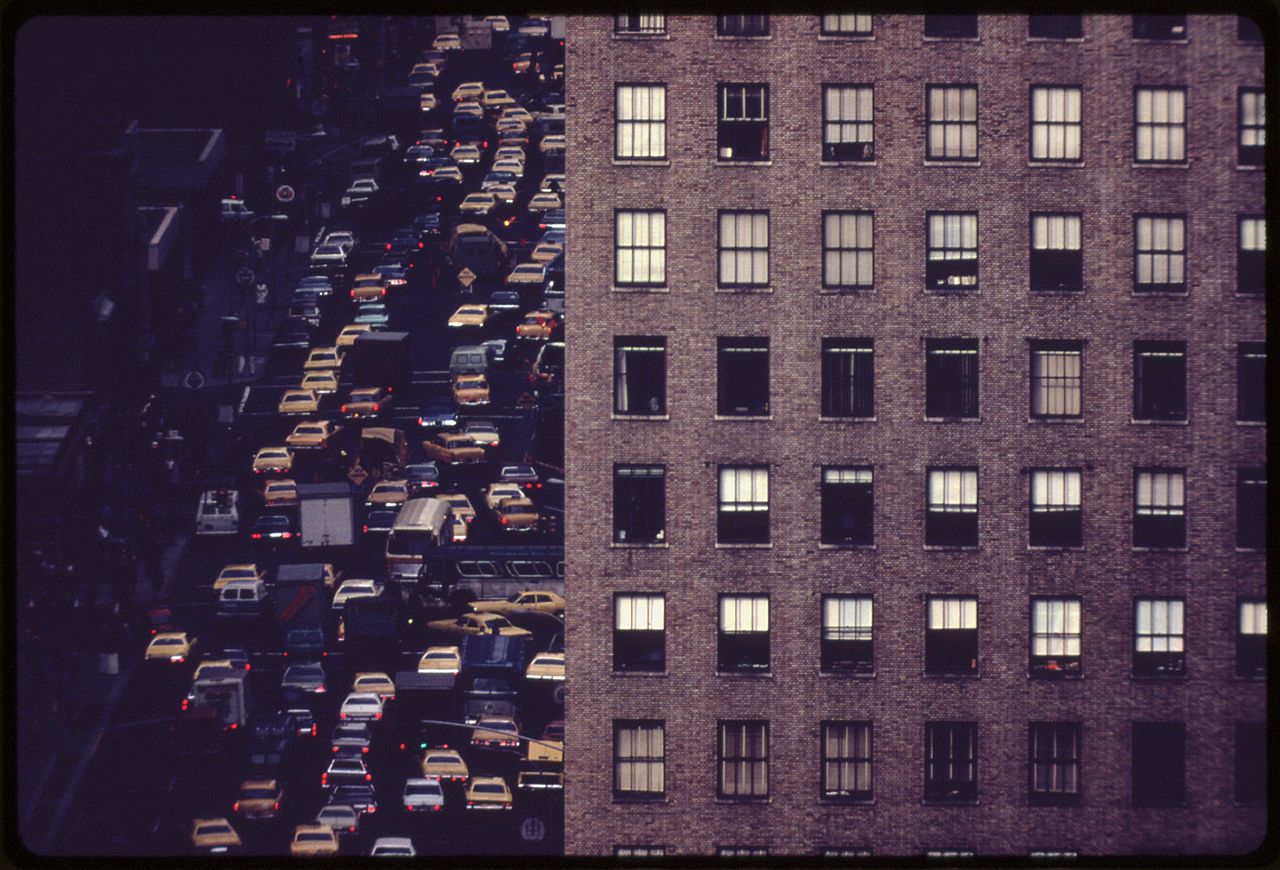 Starting Out in the Evening
Starting Out in the Evening
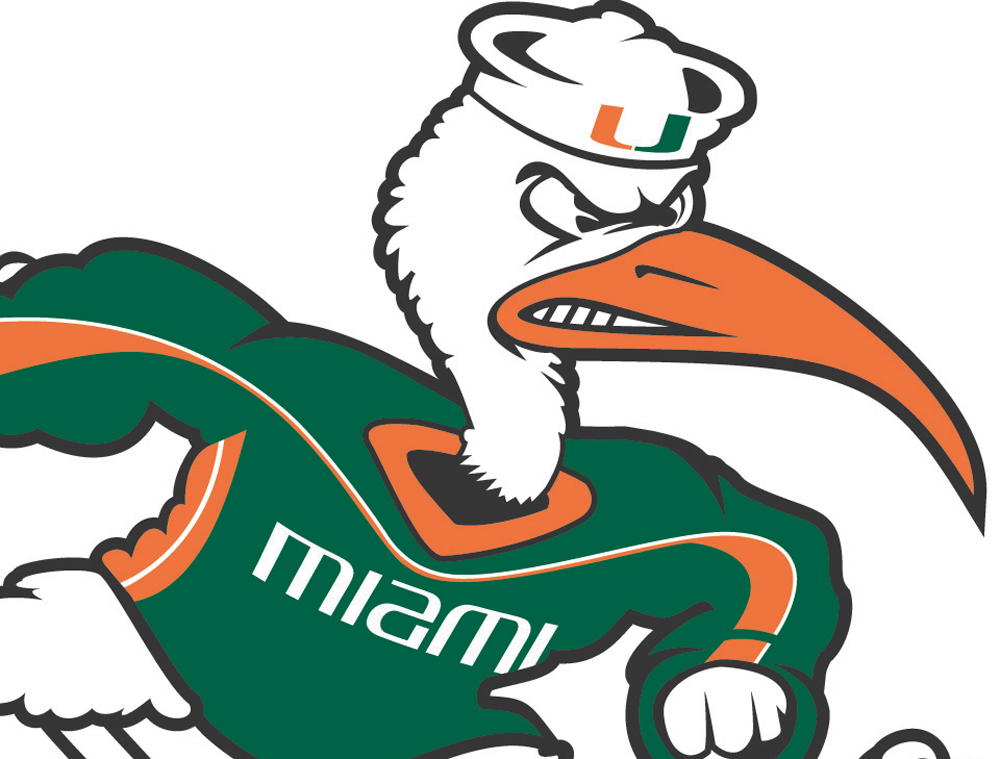 When Mascots Go Mad
When Mascots Go Mad
 Amazon Kindle Paperwhite Kids: $139.99 at Amazon
Amazon Kindle Paperwhite Kids: $139.99 at Amazon
 Got your Spotify Wrapped for 2022? Treat it like a shopping list and support artists directly.
Got your Spotify Wrapped for 2022? Treat it like a shopping list and support artists directly.
Alienware M16 Gaming Laptop deal: Save $560Trump admin already walks back smartphone, laptop tariff exemptionNYT mini crossword answers for April 12, 2025NYT mini crossword answers for April 15, 2025NYT Strands hints, answers for April 12With iPadOS 19, Apple might once again try to make the iPad more like a MacShark FlexStyle deal: 20% off at AmazonApple plans cheaper Vision Pro as tariffs threaten costsNYT Strands hints, answers for April 12NYT mini crossword answers for April 14, 2025NYT mini crossword answers for April 12, 2025Today's Hurdle hints and answers for April 12, 2025TikTok wants me to host a dinner party. Is that an actual recession indicator?Blue Origin launch livestream: See Katy Perry, Gayle King and others head toward spaceShark FlexStyle deal: 20% off at AmazonNYT Strands hints, answers for April 11Best Amazon deal: Save 20% on grocery essentialsHow to sell clothes online: The guide to selling on Depop, Poshmark, MercariBest Echo deal: Save $25 on Amazon Echo Show 5Best Amazon deals of the day: Garmin vívoactive 5, Sony WF The mystery of the Valyrian steel dagger in 'Game of Thrones' Episode 5 This tiny moment from the 'Game of Thrones' Ep 6 trailer hints at a big death Porgs may be food, not friends in 'The Last Jedi' Detail in 'Game of Thrones' Episode 6 trailer hints at a chilling White Walker reveal Scientists find 91 volcanoes slumbering below Antarctic Ice Sheet An amateur submarine inventor has been charged with a journalist's death Here's how to turn off autoplay videos on Facebook and Twitter Google is letting you use its Contacts app on any Android phone now Samantha Bee interviews former neo Uber hit with even more drama after scandalous lawsuit Snapchat's newest feature is a game changer for concerts Hell yeah: This Backstreet Boys song contains a real, true fart noise The LG V30 will recognize your face even when its screen is off Gmail's iPhone app now warns you about phishing scams The only 'Game of Thrones' ship worth shipping is still afloat 'Deadpool 2' stunt person dead in motorcycle accident Kesha comes out to support Taylor Swift following removal from groping trial Leak claims Apple might call copper Meet the smart vibrator that wants to help you get better at getting off Taylor Swift wins symbolic award of $1 in assault lawsuit
1.6011s , 10544.65625 kb
Copyright © 2025 Powered by 【virtual reality sex videos】,Pursuit Information Network